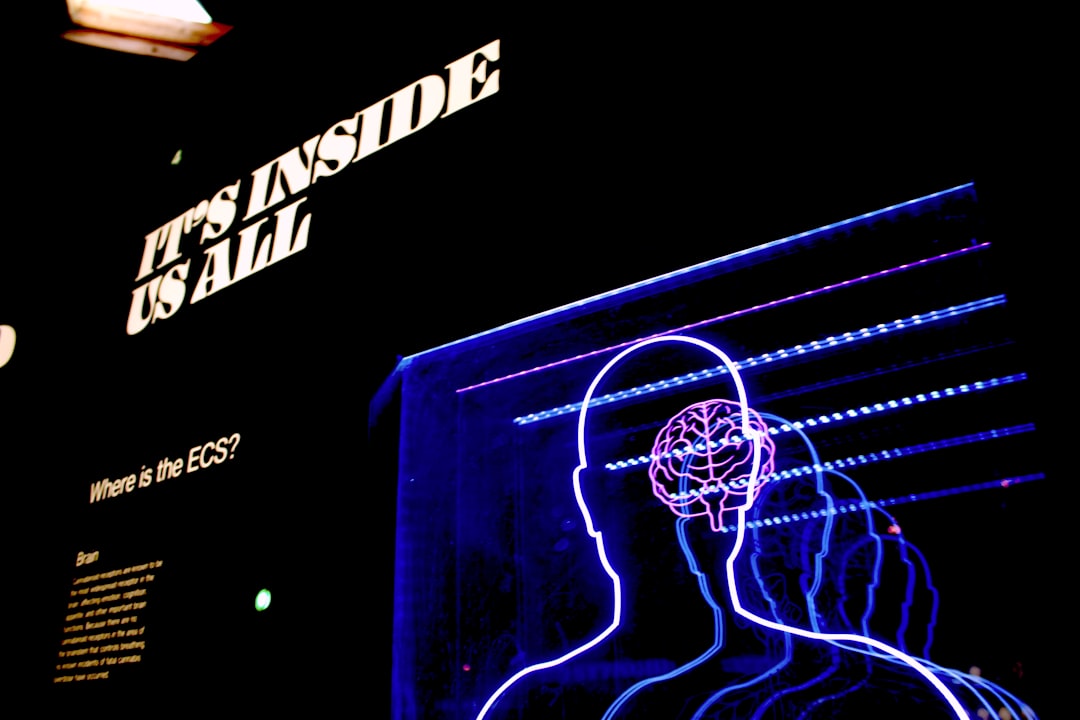What is it about?
A basic part of making decisions is determining how much time to invest in the decision. We show that people tend to over- or under-invest in a decision because of past experience. If you were in a hurry during the first few times making a particular decision, you will under-invest in those decisions later. If you were particularly methodical in a decision early on, you will continue to over-invest in that decision later on.
Featured Image

Photo by Andrea Natali on Unsplash
Why is it important?
Research from a variety of traditions investigates the basic inputs and influences on decisions. Thus far, none of this research has recognized the possibility that the basic decision input of time can be biased by prior experience. We also show how two different psychological mechanisms cause the bias. Neither of these mechanisms has been recognized by prior research as an important input into decision makers' time investment determination.
Perspectives
The study of speed-accuracy tradeoffs is a study of decision fundamentals. What are the basic inputs into a decision and how do those basic inputs affect the manner in which decision makers execute the decision? This research illuminates two basic inputs that have largely been ignored in this literature. We show how these two inputs/mechanisms produce one particular bias in the speed-accuracy tradeoff, but there are many other possible effects these basic inputs might have on decisions.
Jeffrey Larson
Brigham Young University
Read the Original
This page is a summary of: Speed-accuracy tradeoffs in decision making: Perception shifts and goal activation bias decision thresholds., Journal of Experimental Psychology Learning Memory and Cognition, May 2022, American Psychological Association (APA),
DOI: 10.1037/xlm0000913.
You can read the full text:
Contributors
The following have contributed to this page










